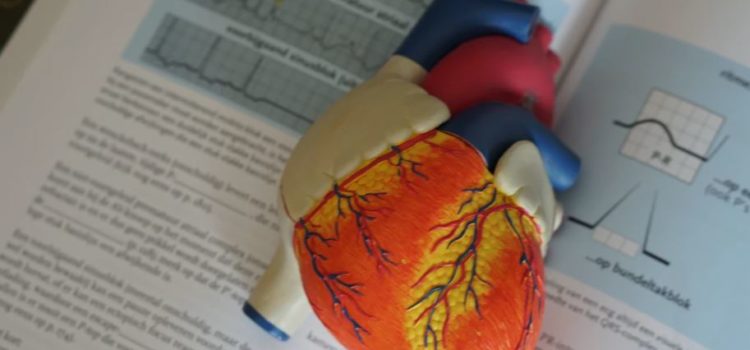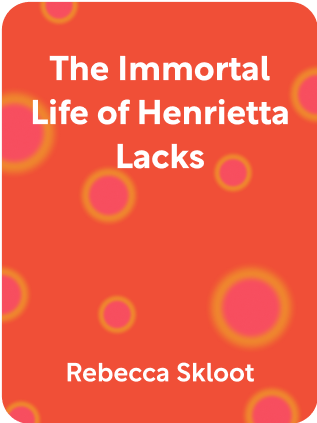

This article is an excerpt from the Shortform summary of "The Immortal Life of Henrietta Lacks" by Rebecca Skloot. Shortform has the world's best summaries of books you should be reading.
Like this article? Sign up for a free trial here .
What did Dr. Alexis Carrel win a Nobel Prize for? What was controversial about his other work and breakthroughs? Did Carrel really find the fountain of youth?
Alexis Carrel was a scientist that invented a blood vessel suture technique that he won a Nobel for. Carrel also claimed to have cultured immortal cells in his lab, which turned out to be false.
Read about Alexis Carrel, Nobel award work, and his Nazi sympathies.
HeLa cells were unlike anything scientists had seen previously. They were truly “immortal”—properly cultured, HeLa cells would grow indefinitely.
The discovery of HeLa came at an important time in the history of cell science. Five years before Henrietta’s cancer cells thrived in Gey’s laboratory, a scandal had come to light involving a Nobel Prize–winning French surgeon named Alexis Carrel.
Alexis Carrel: Nobel Work and Immortal Cells
Although Carrel had won his Nobel for inventing a technique for suturing blood vessels, his notoriety was largely due to his breakthrough in the field of cell culture: He’d managed to maintain living chicken-heart cells in his laboratory.
This feat was greeted with all sorts of hyperbole: that Carrel had found the fountain of youth, that cell culture would lead humans to uncover the secrets to artistic and scientific genius.
And, as it turned out, he was a charlatan. After he died in 1944 awaiting trial for collaborating with the Nazis, it was discovered that his “immortal” chicken heart wasn’t immortal at all: The original chicken-heart tissue had likely died within days, and Carrel’s culture medium, which itself contained chicken-heart tissues, gave the culture the appearance of everlasting cells.
Dr. Alexis Carrel’s Controversial Views
Carrel himself, however, wasn’t much interested in the advancement of all humanity. He was a eugenicist and Nazi sympathizer, and he believed his work with cells would allow whites to outlive inferior peoples.
He was also an eccentric who, despite his scientific acumen, entertained mystical and occult beliefs. He thought telepathy and clairvoyance were real; and he turned his apartment into a house of worship, where he would give sermons on medical miracles.
Comparison to HeLa Cells
HeLa cells, on the contrary, were the genuine article. Once Gey made his discovery, he began sending the cells to any cancer researcher who asked for them. In short order, Henrietta’s cells reached scientists in Asia, Europe, and South America.

———End of Preview———
Like what you just read? Read the rest of the world's best summary of Rebecca Skloot's "The Immortal Life of Henrietta Lacks" at Shortform .
Here's what you'll find in our full The Immortal Life of Henrietta Lacks summary :
- How Henrietta's cells became used in thousands of labs worldwide
- The complications of Henrietta's lack of consent
- How the Lacks family is coping with the impact of Henrietta's legacy






